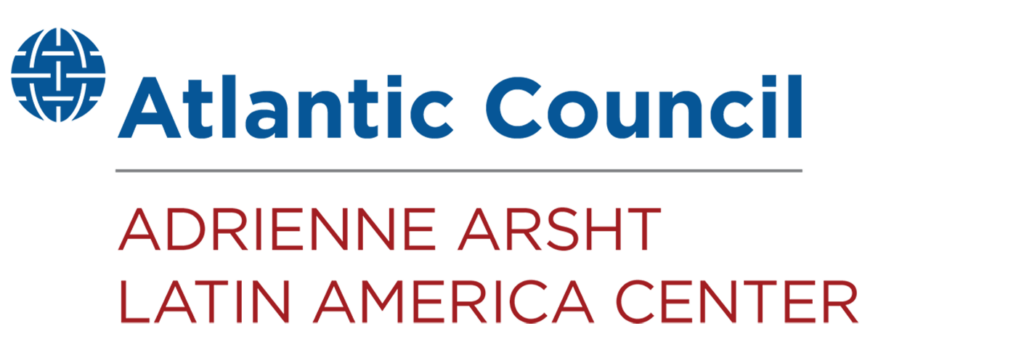Why modernizing CAFTA-DR matters for the United States, and options for updating the trade pact
Bottom lines up front
- The United States’ free trade agreement with Central America and the Dominican Republic needs updating to address digital trade, labor standards, and supply-chain rules that have evolved since it took effect in 2005.
- Modernizing CAFTA-DR will strengthen US economic security by countering China’s influence and reducing migration pressures.
- Three paths forward exist: full USMCA accession for CAFTA-DR members; replacing the group agreement with bespoke bilateral deals; or targeted updates to specific chapters of the original agreement.
As the US government reconsiders its trade architecture, as well as its trade network in the Western Hemisphere, updating the Central America–Dominican Republic Free Trade Agreement (CAFTA-DR) should be viewed not as a simple economic exercise, but as a strategic investment in US economic security and competitiveness. An upgraded CAFTA-DR could reinforce regional stability at a time when economic fragility, migration pressures, and external influence are converging in the United States’ near abroad.
Aligning CAFTA-DR’s standards with the more modern United States–Mexico–Canada Agreement (USMCA) framework—for example, on digital trade, labor, and supply-chain governance—would create a more coherent North American–Central American production corridor serving US industries, reducing dependence on distant suppliers, and supporting a more orderly regional economy.
China’s expanding presence in Central America and the Caribbean, via critical infrastructure investments, technology partnerships, and growing trade links, has altered regional dynamics and tried to dilute US influence. Modernizing CAFTA-DR is therefore not just an economic update; it is a geopolitical must-have to both secure supply chains and keep key trade partners aligned with the United States.
An updated CAFTA-DR could strengthen supply chain resilience by encouraging the strategic relocation of certain US light and more-labor-intensive manufacturing and by diversifying away from China-dependent networks. It would also enhance digital trade rules, environmental standards, and labor protections, all central issues on today’s economic security agenda. By refreshing these commitments, the United States could help its partners attract high-value investment, foster inclusive growth, and reduce migration pressures fueled by economic fragility.
Moreover, modernization would reaffirm Washington’s long-term commitment to shared prosperity and democratic governance. A proactive US agenda, anchored in fair trade, sustainable investment, and transparent governance, could offer a compelling alternative to China’s transactional and opaque financial approach. In short, an updated CAFTA-DR represents a strategic tool for deepening US partnerships, defending economic values, and reinforcing the hemisphere’s autonomy at a time when geopolitical competition is intensifying.
About the authors
Enrique Millán-Mejía is a senior fellow in economic development at the Adrienne Arsht Latin America Center of the Atlantic Council. He served as senior trade and investment diplomat for the government of Colombia to the United States between 2014 and 2021.
Antonio Ortiz-Mena, PhD, is a nonresident senior fellow at the Adrienne Arsht Latin America Center of the Atlantic Council. He served as head of the Trade & Economics office of the Embassy of Mexico to the United States between 2007 and 2015. He is the CEO and founder of AOM Advisors.
Rocío Rivera Barradas, PhD, is a senior advisor with AOM Advisors. She served as trade and investment diplomat of the government of Mexico to the United States, based at the Mexican Consulate in Chicago, between 2019 and 2024.
Related content
Explore the program

The Adrienne Arsht Latin America Center broadens understanding of regional transformations and delivers constructive, results-oriented solutions to inform how the public and private sectors can advance hemispheric prosperity.
Image: A longshoreman operates a gantry to offload containers from a docked cargo ship at PortMiami on Saturday, February 20, 2021. Photo by Matias J. Ocner/Miami Herald/TNS/ABACAPRESS.COM via Reuters.


